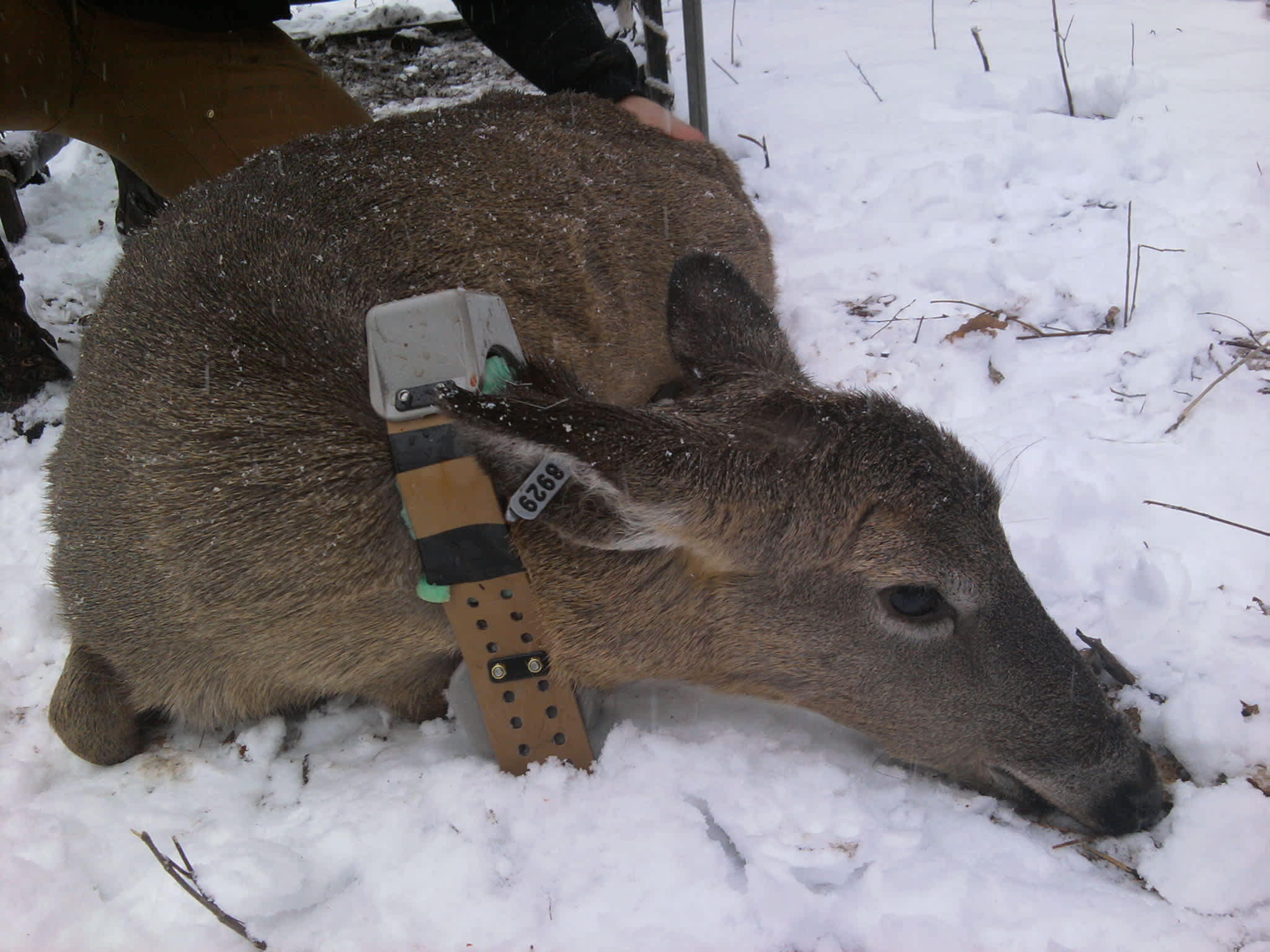Pennsylvania Hunters Get Chance to Harvest “Texting” Deer
OutdoorHub Reporters 11.19.13

The Pennsylvania Game Commission announced on Monday that it had extended a “text messaging plan” to a number of deer in the state. In light of the fact that deer do not have thumbs, the Game Commission supplied the animals with GPS radio collars with built-in texting capability as part of a study on forest management. Hunters venturing into the Bald Eagle, Rothrock, or Susquehannock State Forests may spot the oddly-adorned deer wandering about.
The new “texting” collars are more sophisticated than the traditional radio collars usually employed by the Game Commission. Since officials started to monitor the state’s deer population, collars have been placed on thousands of whitetail deer. These devices are useful in planning hunting seasons and making adjustments towards wildlife management, but are limited in their use. Experts hope that the new collars will open up an new range of data to explore.
“With these new GPS collars, we can track a deer’s movements every 20 minutes during the two weeks of the firearms season,” Game Commission deer and elk supervisor Christopher Rosenberry said. “There just wouldn’t be enough time, money, or equipment to collect this much information using technicians and regular radio collars. And the GPS collars also will provide better deer location data to learn about fine-scale deer movements throughout the year and especially during the hunting seasons.”
How deer react to hunters will be a major part of the study, and sportsmen are encouraged to register online.
“Without hunters registering and telling us about their hunting experiences, we will not be able to completely assess deer-hunter interactions,” Rosenberry said.
The study’s overarching purpose is to learn more about the impact of deer on forest regeneration. Deer are often blamed for eating a bit more than their full, especially if there is a large population. However, the Game Commission recognizes that there are other factors in forest health.
“Recommendations to adjust deer populations never are taken lightly,” Rosenberry said. “And this study is designed to strengthen the data we use in making our annual recommendations to either increase, decrease or hold steady deer populations in a given area.”
Researchers will be using text messages to “communicate” with the collars and to take recordings, so do not expect deer to begin texting their friends about the orange-clad humans in the area.

